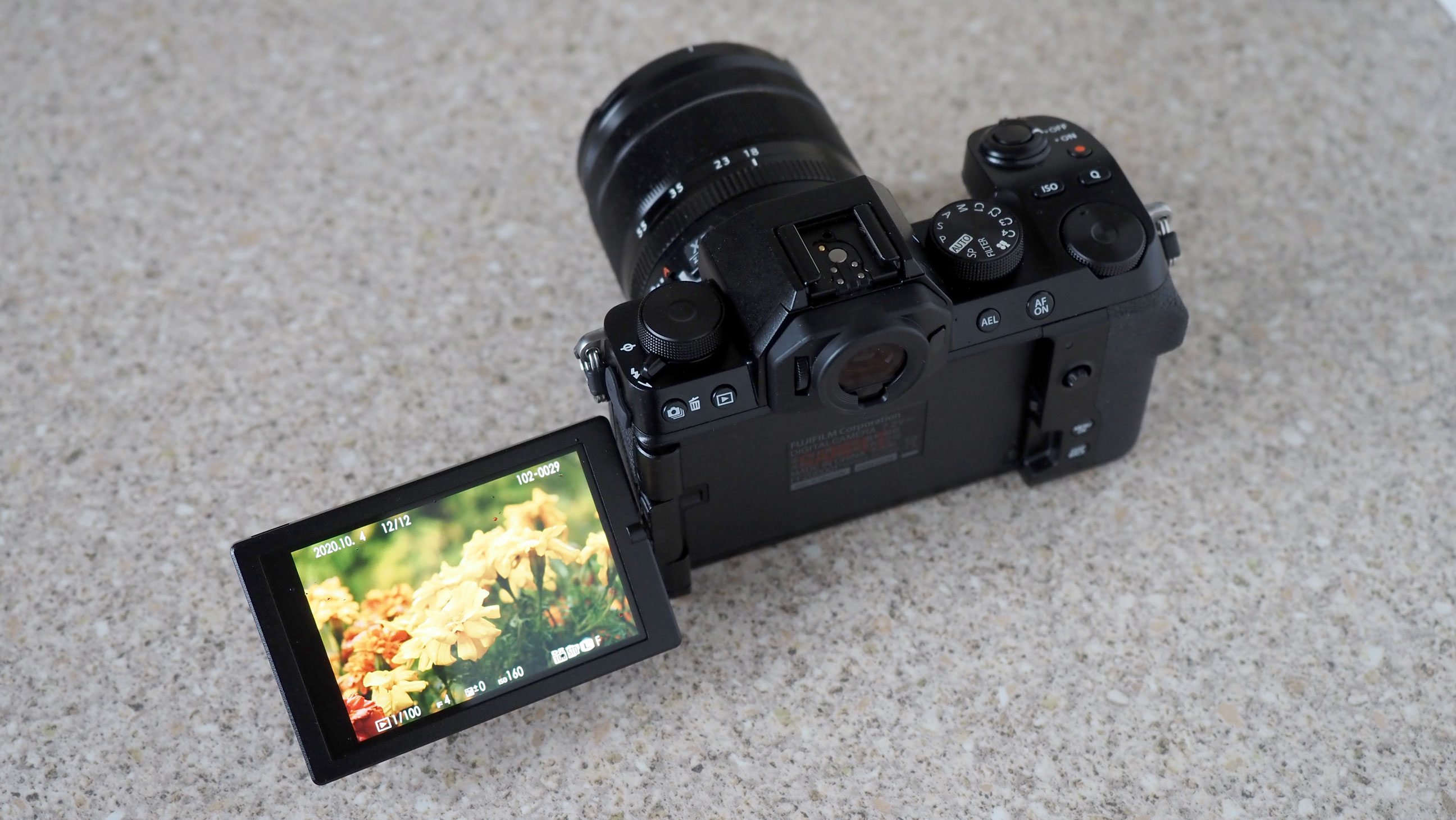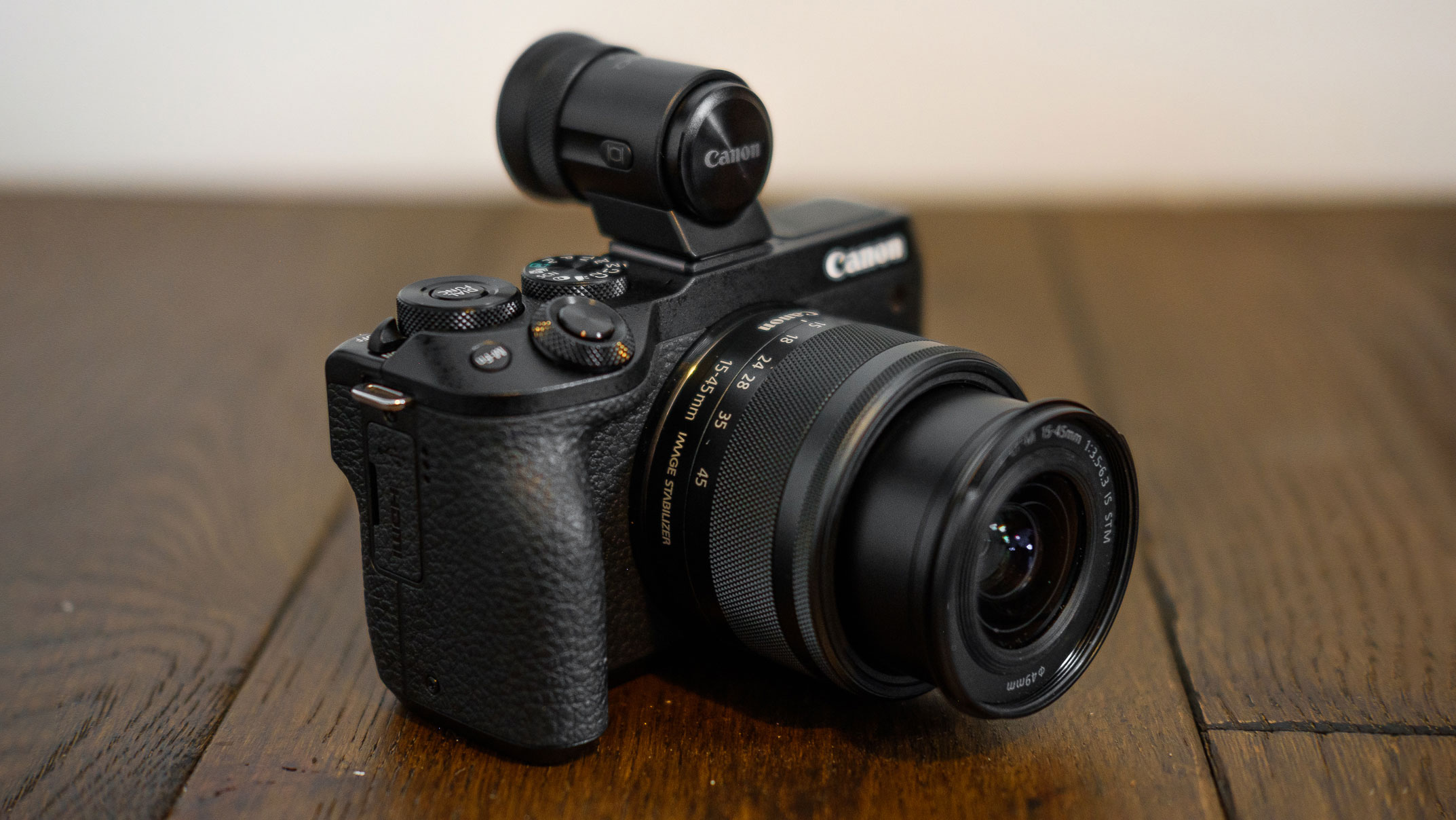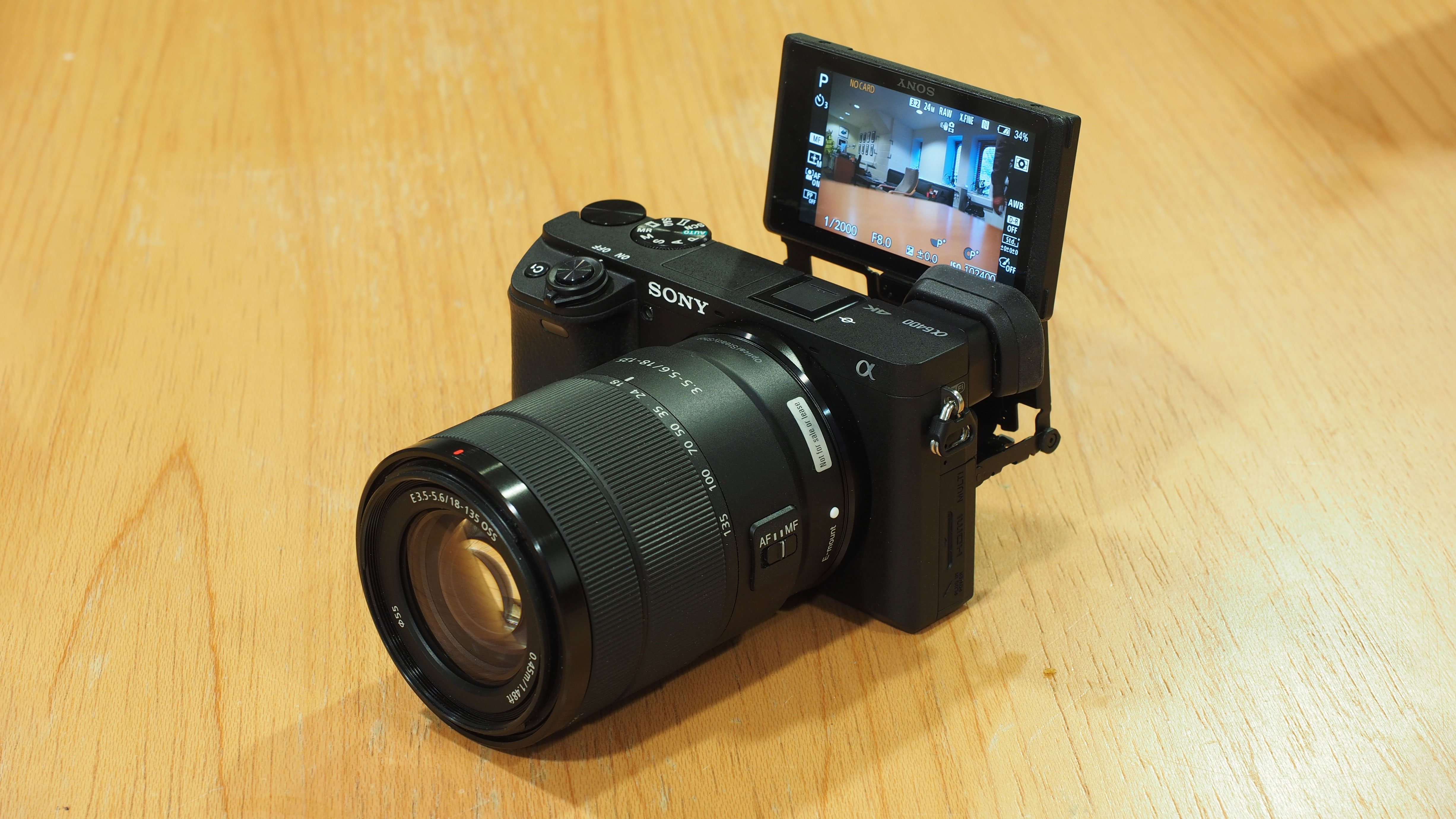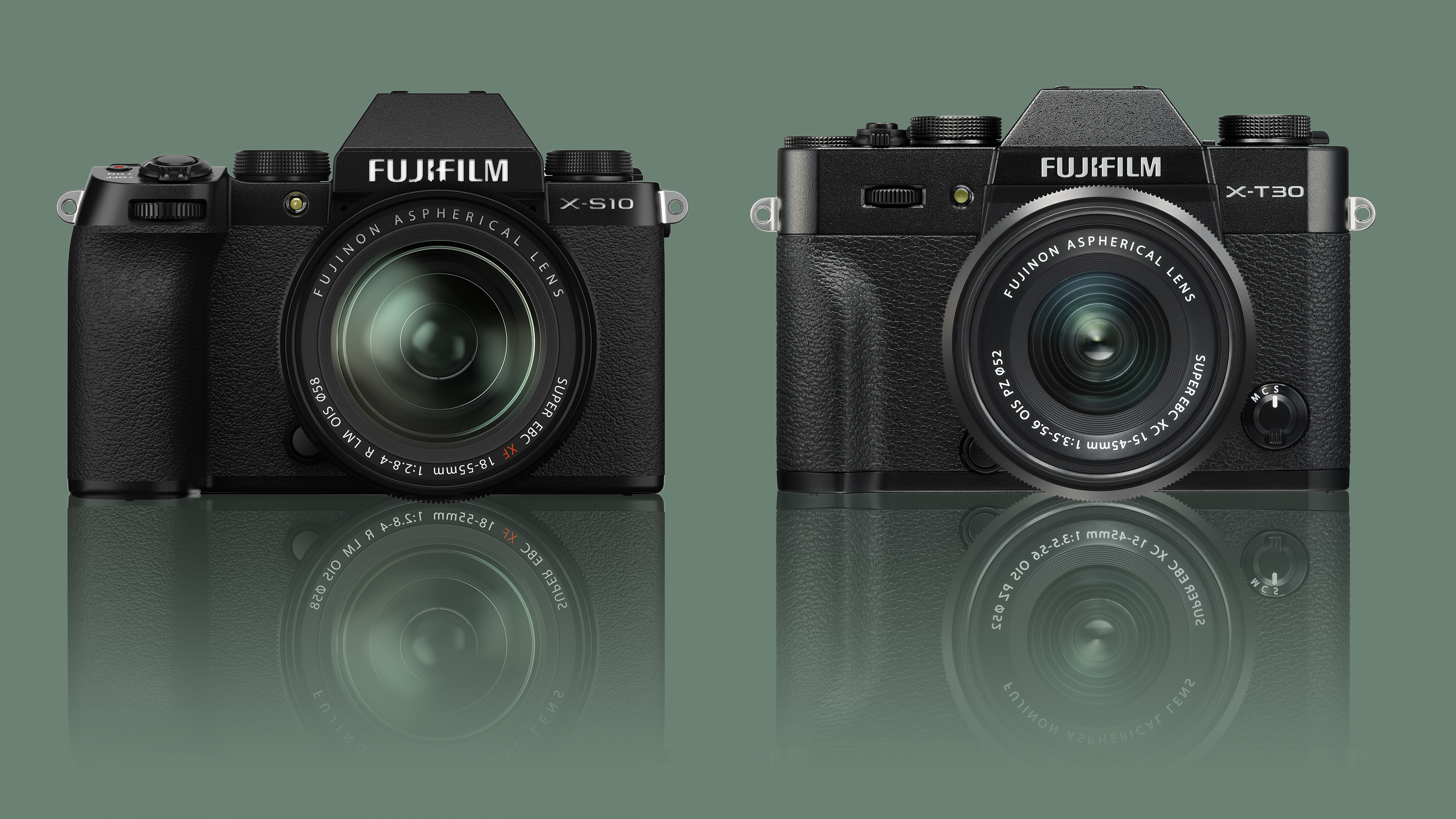Hey Fuji, where are you going with the Fujifilm X-S10 – I need to know!
The Fujifilm X-S10 is a great camera, but it’s not like other X-series models. Is this the future or just an experiment?

The Fujifilm X-S10 is a very, very good camera. In an APS-C market dominated by fading icons like the Sony A6000 series and EOS M cameras, it’s like a beacon of optimism and forward thinking.
But it’s not a ‘classic’ Fujiflm X-series camera. There’s a mode dial (sacrilege!) instead of a shutter speed dial. The ISO is set via the digital interface or a multi-function control dial. And while most Fujinon lenses have aperture rings, they don’t gel with the camera design in the same way. This Fujifilm X-S10 is a regular mirrorless camera like any other.
Well, not quite like any other. Let’s take a look at what it’s got.
• In-body stabilization. On the A6000 series, this is reserved for the expensive A6600 alone. On the Canon EOS M series. you don’t get it at all.
• A vari-angle rear screen. Sony’s A6000 cameras have flip-up screens only, though the better EOS M cameras have vari-angle screens.
• 26MP sensor. Sony A6000 series cameras have an ageing 24-megapixel sensor, and the only EOS M to beat it its the 32.5MP EOS M6 II, which doesn’t have a built-in viewfinder.
• Built in viewfinder. I guess I’ve covered that. The X-S10’s rivals have EVFs too, except the EOS M6 II, which relies on a clip-on extra.
Get the Digital Camera World Newsletter
The best camera deals, reviews, product advice, and unmissable photography news, direct to your inbox!
• 4K video. Another feature you might take for granted, though it’s a pretty lame implementation on Canon’s cheaper EOS M models.
• Modernity. The X-S10 is a new design which signals a lot more optimism and innovation than its rivals can muster right now.
• A PROPER LENS RANGE. The Canon EOS M range has done the job, you might argue, though it’s hardly high-end. The Sony E lens range is great for zooms but less well served by primes. The Fujinon lens range, however, is very good – and has a terrific range of compact prime lenses, fast prime lenses and lenses with aperture rings.
Of course, the Internet is full of rumors right now about a new APS-C Canon EOS R7. Let’s see what happens about THAT.


So what’s the problem with the X-S10?
For regular camera buyers there isn’t one. The X-S10 is a fresh, up to date, great value APS-C mirrorless camera that handles and performs brilliantly. For beginners ready for the next stage, for DSLR users who want to swap to mirrorless and for enthusiasts generally, it would be hard to recommend anything else.
The problem is for Fujifilm fans.
Fujifilm has told us that the X-S10 has been designed to attract a wider audience outside of Fujifilm’s fan base, and that meant swapping to a regular mode dial control layout because that’s what the market is used to.
But for someone like me, who’s bought into the Fujifilm brand because of its classic control layout, the X-S10 presents a dilemma.

It’s clearly better than the X-T30 II, probably its closest rival in the Fujifilm range, because it has IBIS and that vari-angle screen. But it doesn’t handle or operate in the classic Fujifilm fashion, or share those classic retro good looks.
For the outside world, the X-S10 is a no-brainer, but for those already invested in the Fujifilm brand, it presents a real quandary.
So Fujifilm, please put me out of my misery, Please make a ‘retro’ X-S10 that keeps the vari-angle screen and the IBIS, but restores the shutter speed and ISO dials that gave Fujifilm cameras their unique appeal in the first place.

Rod is an independent photography journalist and editor, and a long-standing Digital Camera World contributor, having previously worked as DCW's Group Reviews editor. Before that he has been technique editor on N-Photo, Head of Testing for the photography division and Camera Channel editor on TechRadar, as well as contributing to many other publications. He has been writing about photography technique, photo editing and digital cameras since they first appeared, and before that began his career writing about film photography. He has used and reviewed practically every interchangeable lens camera launched in the past 20 years, from entry-level DSLRs to medium format cameras, together with lenses, tripods, gimbals, light meters, camera bags and more. Rod has his own camera gear blog at fotovolo.com but also writes about photo-editing applications and techniques at lifeafterphotoshop.com
